If you’re looking to expand your coneflower collection, you’re not alone! Perhaps you started with just one plant last year and now want to create a bigger display. Or maybe you’re interested in experimenting with different hues but are hesitant to start from scratch with seeds.
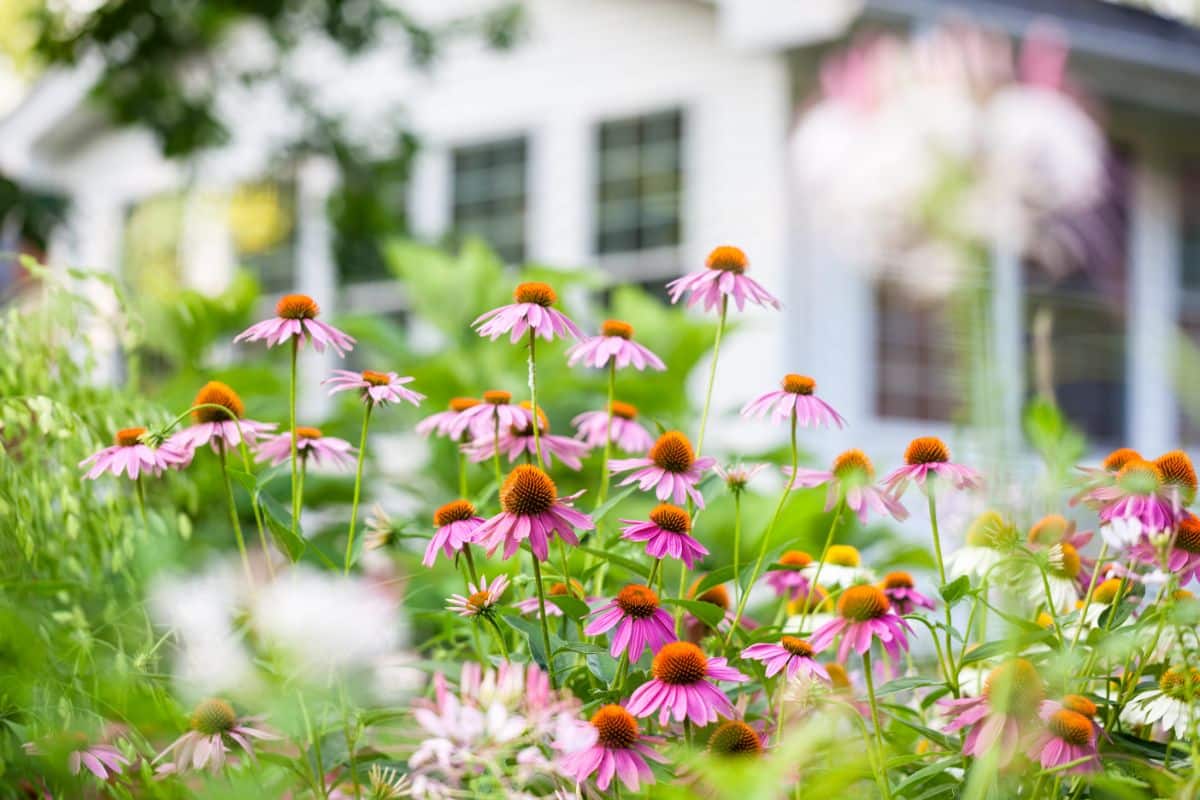
If you’re looking to expand your garden without spending any money, consider propagating coneflowers that you already have. But did you know that not all coneflowers are purple? And if you don’t have a garden, you can still grow them in pots. These tall and wavy flowers with large daisy-like blooms are a staple in perennial gardens and attract a variety of pollinators such as bees, moths, butterflies, and hummingbirds. They also have a long vase life and can be used for cut flowers or dried arrangements, as well as for culinary or medicinal purposes. In this article, we’ll explore three different ways to propagate echinacea, as well as tips for growing and avoiding common mistakes when growing coneflowers in containers. So, let’s go big with coneflowers!
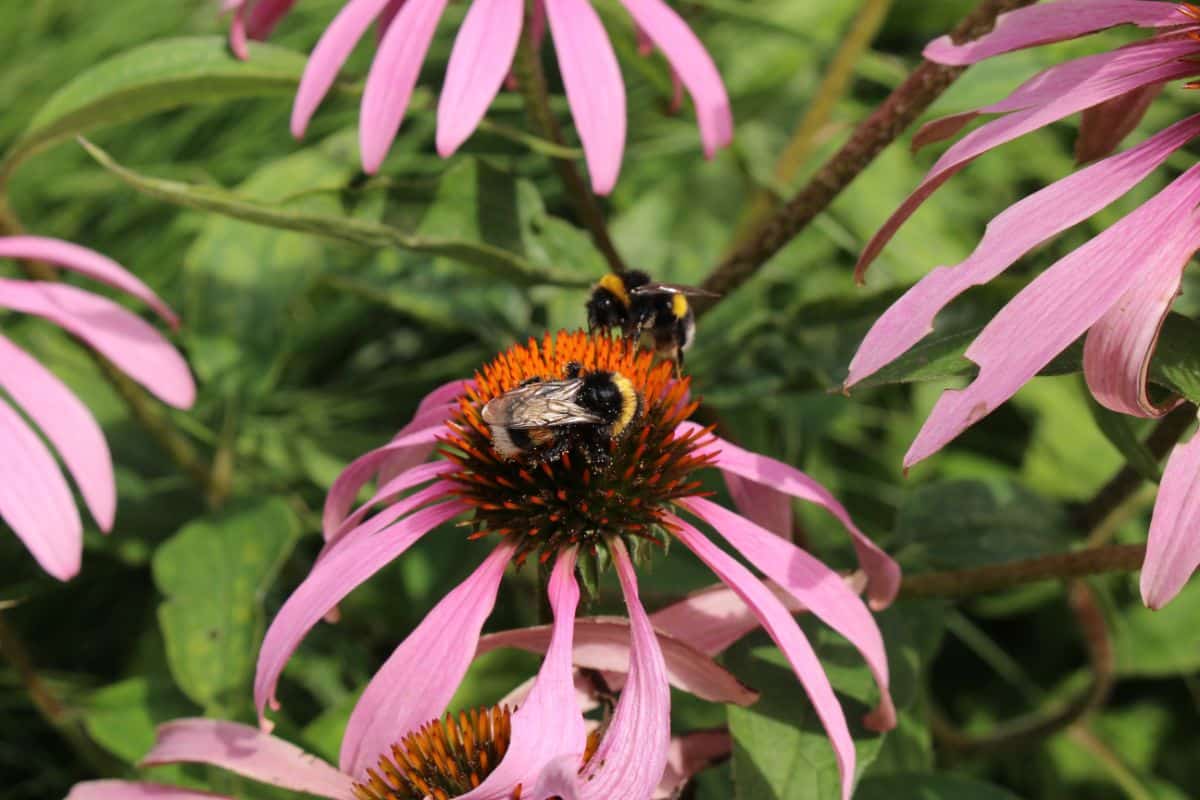
Coneflowers are a favorite among pollinators. To create a stunning display and attract bees and butterflies during the summer and seed-foraging birds in the fall, it’s best to plant them in a large area. The bigger, the better! If you’re looking to attract goldfinches, they love coneflowers. For a beautiful contrast of colors and a variety of pollinators, consider planting them with black-eyed Susans and lavender. Keep in mind that coneflowers also go by other names.
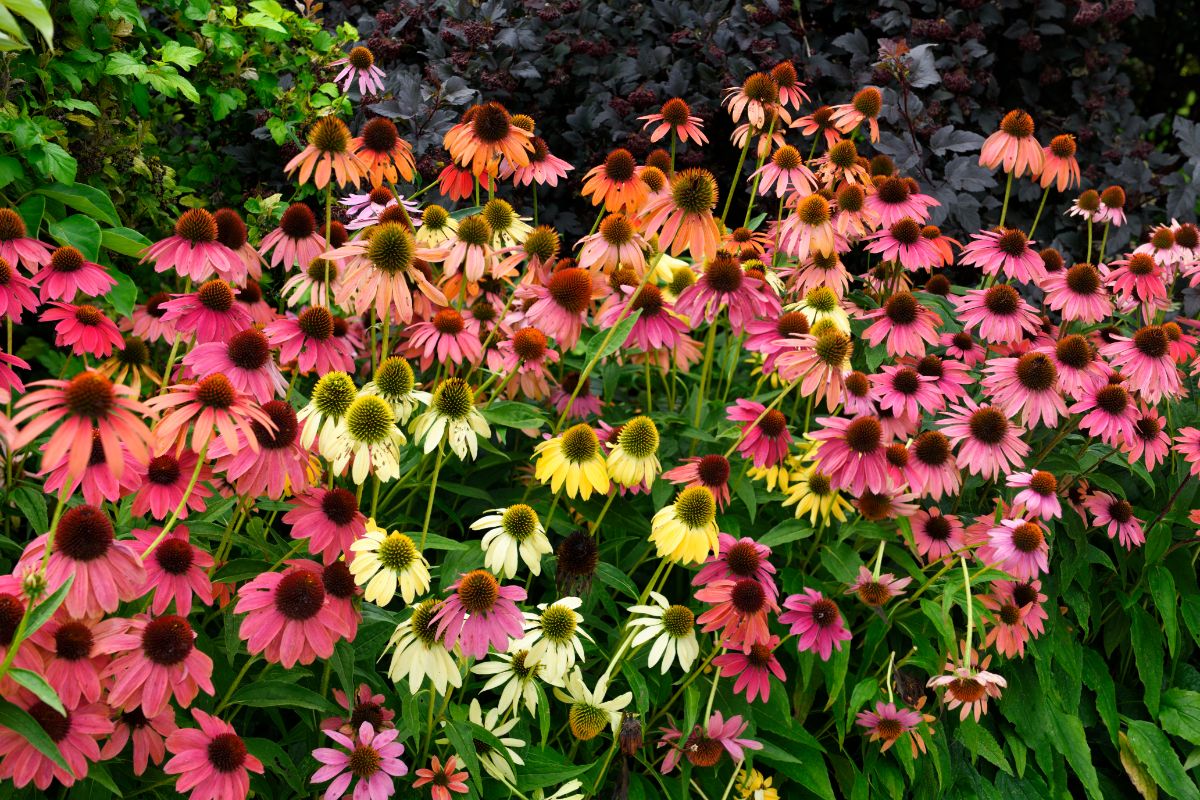
There is a misconception that coneflowers only come in purple, but in reality, they are available in a plethora of colors. The Echinacea genus comprises ten different species of flowering plants, and the most common one is the purple coneflower, often referred to as just ‘coneflower’ or ‘echinacea.’ This species has numerous cultivars and hybrids that are available in different colors like red, orange, yellow, green, and white.
However, many cultivars of Echinacea are sterile hybrids, and their color won’t return true from seed. Thus, learning to propagate by root cuttings or division is necessary. Propagation by division is essential to keep your clump of E. purpurea or its hybrid healthy and vigorous with new growth. Coneflowers will not spread from rhizomes but will sometimes self-seed.
There are three ways to propagate Echinacea: root division, seed, and root cuttings. Root division is the most common and straightforward method for the home gardener. Plants grown from root cuttings are more likely to bloom during the first year than those grown from seeds. Coneflowers are easy to grow and require full sunlight and well-drained soil. Adding more of these long-blooming garden beauties to your property is worth the effort and is an easy way to enhance your curb appeal.
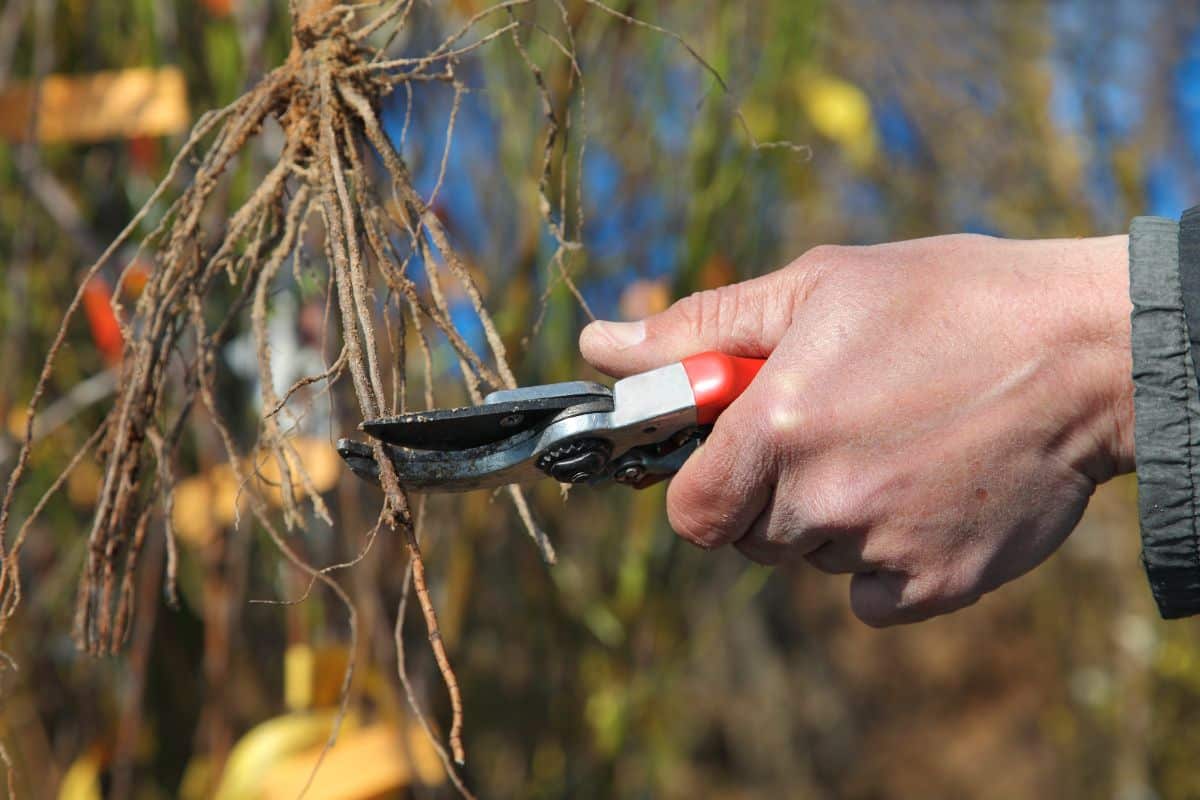
Root cuttings can be a great way to create multiple new plants from a single parent clump, but be mindful not to take too many at once. To get started, gently move the soil around the base of your plant to see the roots – you may find it helpful to wash away some of the soil with a hose. Use pruning shears to trim off pieces of root that are at least as thick as a pencil, and cut them into 3-inch long pieces. Once you’ve taken your cuttings, tuck your original plant back into its home.
Plant each root cutting in a 4-inch pot that’s already filled with compost and coir, perlite, or a mix of damp sand, compost, and perlite. If you have a favorite rooting blend for other cuttings, that will work just fine. Cover the cuttings with about a half-inch of your potting medium and moisten the soil. Label each pot so you know what you’re growing and place them in a warm spot.
After about six weeks, you should see new shoots popping up from the surface of the soil. Continue to grow your new coneflowers until they’re big enough to plant outside. Depending on the season, you may want to upgrade them to a 6-inch pot and grow them larger before planting outside. Just remember to harden off your little coneflowers before exposing them to the elements.
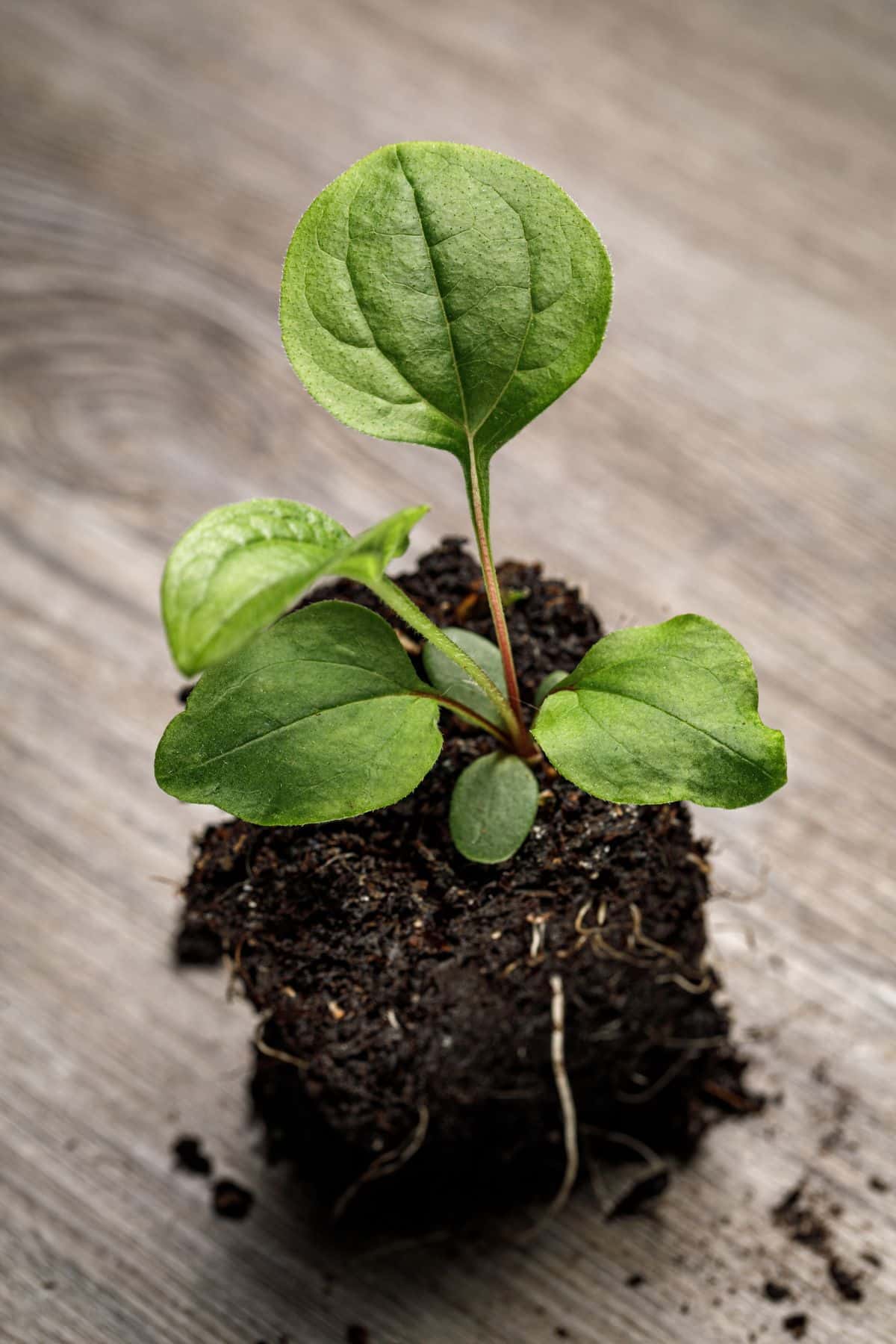
Coneflowers are great plants to grow from seeds as it is cost-effective and allows the establishment of a large patch of Echinacea. While it may take up to two years for them to flower, the variety of cultivars available through seed companies makes it worth the wait. Alternatively, one can save seeds from a natural variety of coneflowers in their garden.
To get started:
– Prepare seed trays with a well-drained seed starting mix and add perlite if needed.
– Sow one or two seeds per cell and make a slight impression on the surface for ease of visibility.
– As Echinacea seeds require light to germinate, avoid burying them too deep and cover lightly.
– Mist the surface, cover with a humidity dome or plastic wrap, and place in a warm and bright location.
– Keep the seedlings moist but not overly wet and transfer to larger pots after about 8 weeks.
If preferred, one can also propagate Purple Coneflower plants through division.
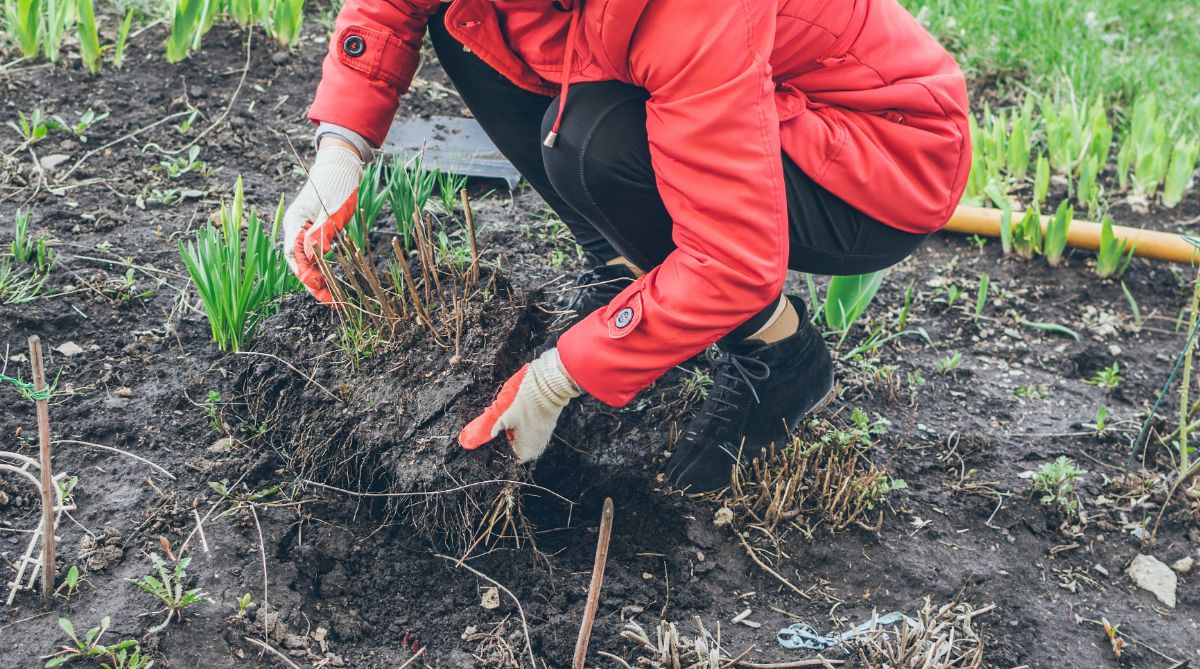
Multiplying your coneflower plants is a breeze by dividing their root clumps. It’s the most common way to do so, and it’s effortless too. The
Echinacea purpurea
has a plentiful, fibrous root system that can be divided every couple of years to prevent it from becoming root-bound and declining. If you know someone who has a thriving bed of coneflowers, try treating them to something and see if they’re willing to share a root ball with you. Here’s how to divide them: Gently dig around the base of the plant and loosen the root system while keeping it as one intact ball. Carefully remove the root ball from the hole and cut it in half using a soil knife, large old kitchen knife, garden spade, or machete, ensuring to leave sprouts on both pieces. Transplant these new plant-root pieces to their new home in the garden, planting at the same depth as before. Keep in mind that your new coneflowers will need plenty of attention during the first few months since they were drought-tolerant before being dug up when they had a fully developed root system. However, they will need some help now until they are established. For growing
Echinacea,
they require soil, sunlight, and fertilizer.
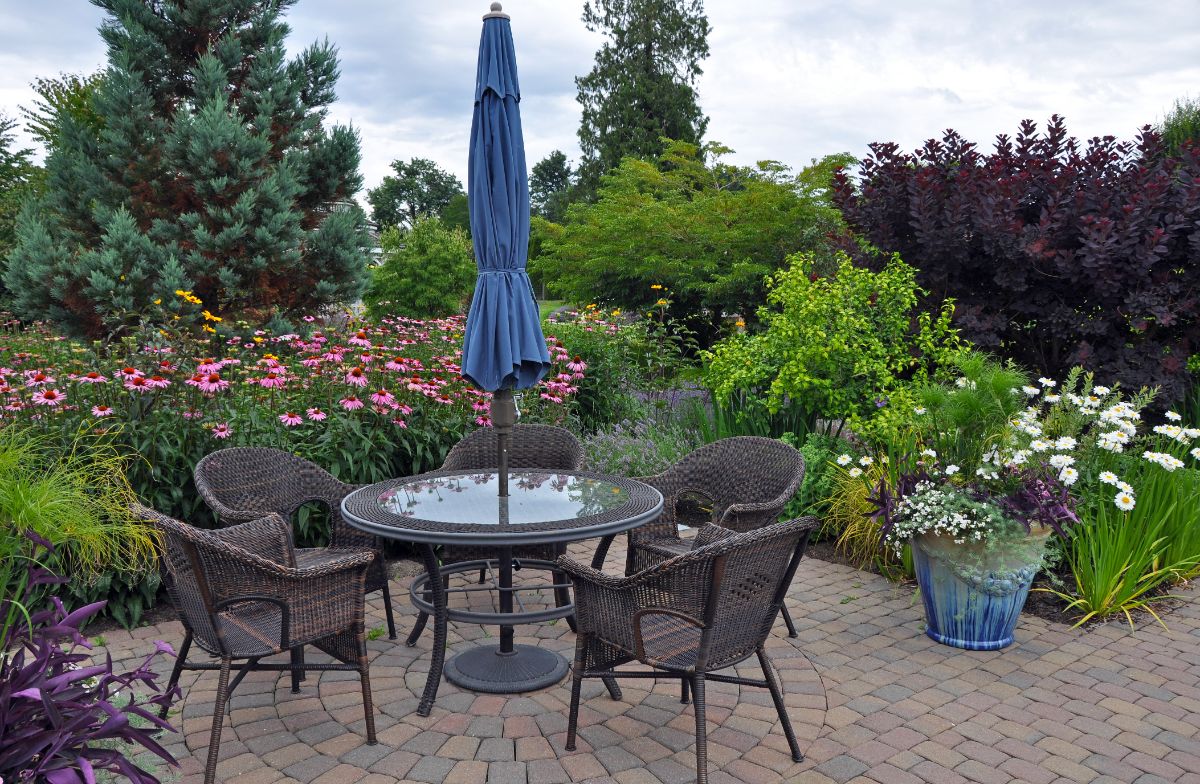
Purple coneflowers serve as a beautiful backdrop for any patio or outdoor living space. These native prairie plants require good drainage and cannot handle having wet roots, but will tolerate poor soil conditions. Sandy loam is the ideal soil for Echinacea, although they can grow in most soils except for pure sand or waterlogged clay. To fertilize them, apply compost as a top-dressing in the spring. These plants need full, direct sunlight for at least 6-8 hours per day to grow vigorously.
If you have limited space, you can still enjoy these perennials by growing them in containers on a patio, balcony, or deck. However, make sure to avoid common mistakes such as using shallow pots that do not provide enough room for the tap root system to develop. Instead, use deep pots with good drainage and place them in a bright, sunny location. Don’t forget to water them regularly, even though they are drought-tolerant. Coneflowers planted in containers cannot send their roots out as far as those in a garden, so they require more attention to prevent drying out.
Remember that it takes at least three years for coneflowers to reach maturity and become a lush planting. You can propagate them and add new varieties to your perennial bed to make it the talk of the neighborhood for pollinators. With proper care, these lovely flowers will thrive and beautify your outdoor space.





